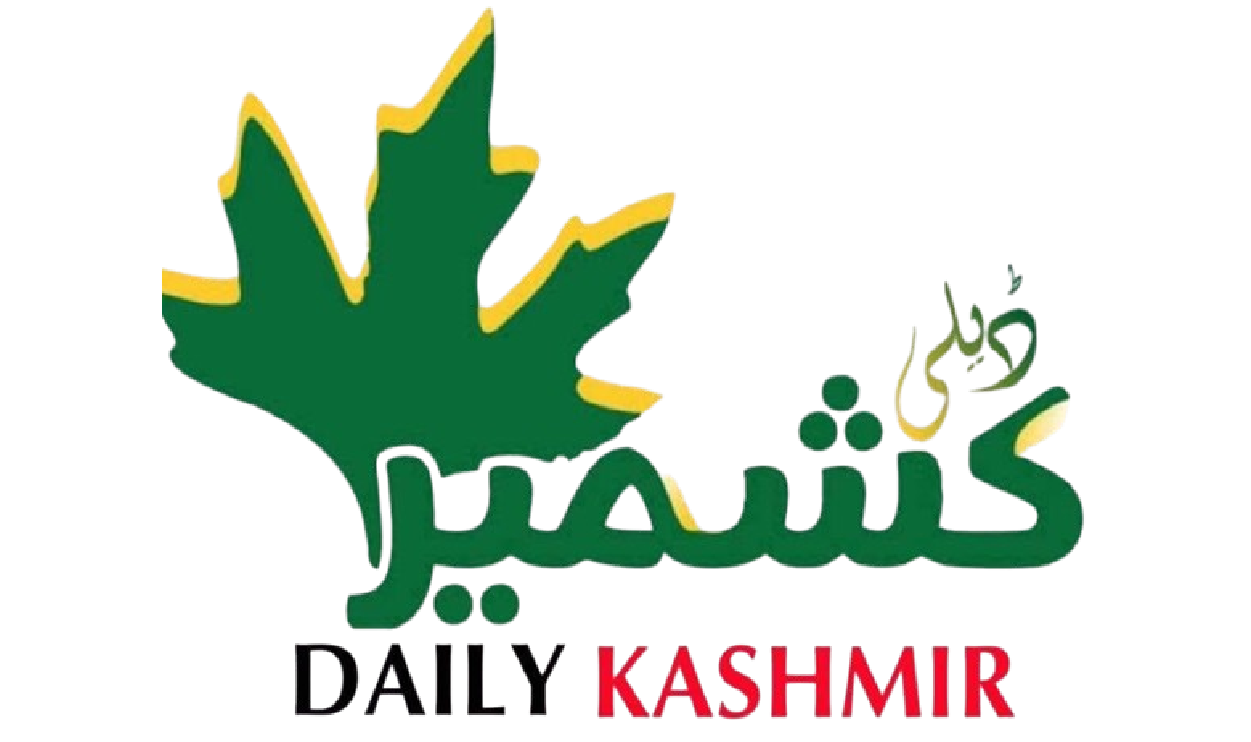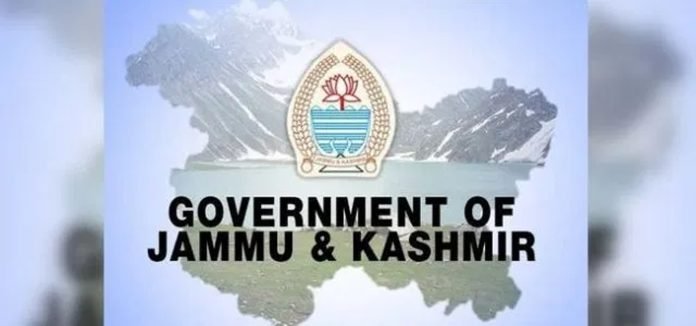The Jammu & Kashmir Government has unveiled a new procedure for delegating powers to delineate and demarcate lands categorized as Gair Mumkin Khad, Gair Mumkin Dariya, and Gair Mumkin Nallah in revenue records. This new policy, effective from August 2024, revises the February 2022 order and aligns with the Administrative Council’s decision of July 25, 2024.
The initiative aims to accurately segregate water-course khads (seasonal rainy-water nallahs) and non-water course lands through a scientific and legally robust approach.
Key Aspects of the New Procedure:
Committee Structure: Committees at the UT, Divisional, and District levels have been established to oversee delineation. The powers are delegated based on land size and type.
State Land: The Deputy Commissioner is authorized to delineate any size of State land in accordance with the February 2022 order and the State Water Policy (October 2017). This will be based on recommendations from the District Level Committee in consultation with the Chief Engineer of the Irrigation and Flood Control Department.
Private Land: For private land, the Deputy Commissioner can delineate up to 20 kanal per khasra, while the Divisional Level Committee can recommend changes for 200-500 kanals per khasra to the Divisional Commissioner. Lands exceeding 500 kanals per khasra will be reviewed by the UT level committee and then recommended to the Government/Financial Commissioner (Revenue).
Delineation Criteria: Khads are defined as areas with visible water flow or water signatures. This will be determined using methods such as ground truthing, satellite imagery, drone technology, LIDAR, or digital terrain modeling. Areas with active water flow will be classified as ‘water-flowing khads,’ and those without visible water flow as ‘non-water course land.’
Prohibited and Regulated Zones: Areas with water signatures will be classified as ‘Prohibited Zones’ and managed according to the Jammu and Kashmir State Water Resources (Regulation and Management) Act 2010. Non-water-flowing areas adjacent to water-flowing zones may be designated as “regulated” or “buffer zones” to manage risks during heavy rainfall or natural disasters.
Standard Operating Procedures (SOPs): The Divisional Level Committee will develop SOPs for the delineation process with guidance from domain experts such as the Survey of India, National Institute of Hydrology, or Indian Institutes of Technology.
Expert Agencies: The Divisional Commissioners are tasked with forming memorandums of understanding with expert agencies to ensure that the delineation adheres to legal and policy standards.
Implementation: The Revenue Department has instructed that all ongoing cases under the previous procedure should be re-evaluated and processed as per the new guidelines to ensure compliance with the Jammu and Kashmir State Water Resources (Regulation and Management) Act, 2010, and the State Water Policy 2017.
This updated procedure reflects the government’s commitment to scientifically manage land resources and ensure accuracy in land records.


